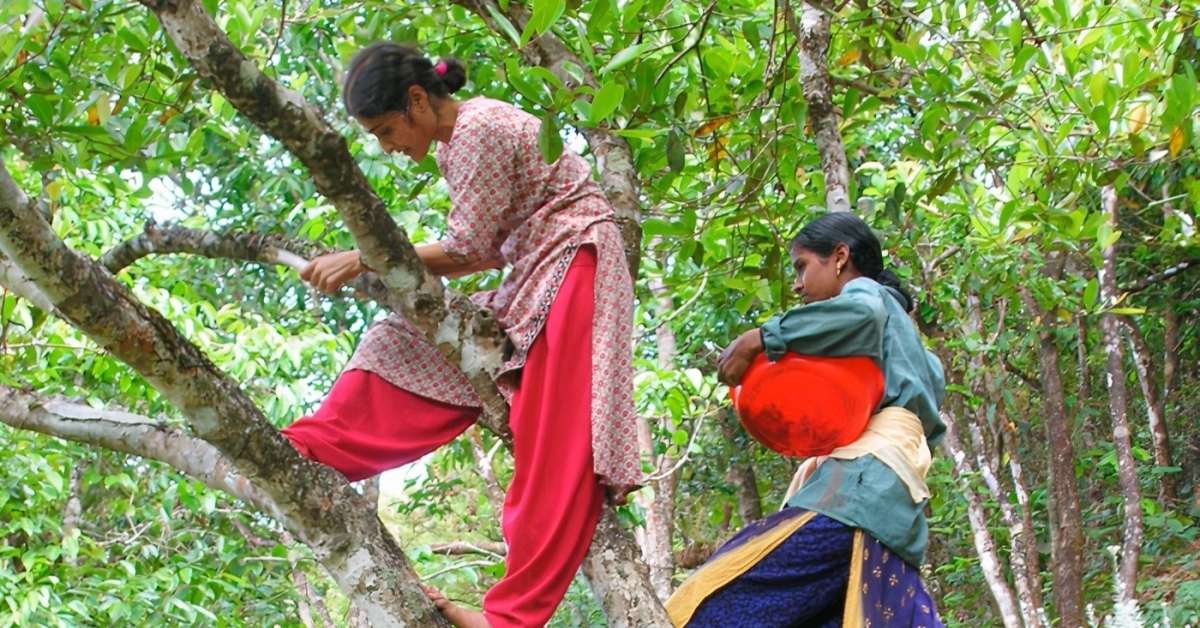A lower effective tax rate helped Louis Dreyfus Company report a sharp increase in annual profits on Monday as the agricultural commodity trader continued to face pressure from low prices and abundant crops.
The privately owned company said net income rose 45 per cent to $306m in 2016 helped by lower tax payments, which totalled just $59m against $205m a year earlier as a result of currency movements.
Group operating profits were down 14 per cent at $1.17bn, however, as LDC continued to grapple with tough market conditions. Bumper harvests and overflowing stocks have cut into earnings at LDC and the handful of other companies that dominate global flows of crops and food stuffs. These include Archer Daniels Midland, Bunge, Cargill and Glencore.
“Oversupply, market shocks, geopolitical dynamics and adverse weather conditions were some of the difficulties that the agribusiness had to face in 2016,” said LDC chief executive Gonzalo Ramirez in the company’s annual report.
Founded in 1851 by Léopold Louis-Dreyfus, a French grain trader, LDC is majority owned by Margarita Louis-Dreyfus. She recent told the Financial Times that she took control of the business in 2009 when her husband Robert died to safeguard it for her children.
Revenues, which are heavily influenced by prevailing commodity prices, slipped 10 per cent to $50bn last year, while trading volumes were stable at 81m tonnes, the company said. LDC paid a dividend of $41m, down from $205m a year earlier. Adjusted net debt was $2.9bn, compared with $3.2bn in 2015.
LDC is looking to focus on its core operations trading grain and oilseed. As part of that plan, it is seeking partners for its metals, dairy, fertiliser and orange juice units, which have been deemed noncore. These partners could help finance the units’ expansion, and enable LDC to free up capital and deploy it elsewhere in the company.
Mr Ramirez said he expected the company’s new strategy to “really start showing in our financial performance” in 2017.
LDC expects to appoint investment bank advisers to sell a majority stake in fast-growing metals business in the next couple of months, according to people with knowledge of its plans.
Agricultural prices remained under pressure in 2016 as increased planting led to higher production.
Traders and processors were also hit by volatility in soyabean and corn prices during the middle of the year, after heavy rains in Argentina and a severe drought in Brazil affected local harvests. Soyabean prices soared almost 40 per cent in June from the start of the year, giving up part of its gains in the latter part of the year on a bumper US harvest.
Speaking at the FT Commodities Global Summit in Lausanne last week, Mr Ramirez said he thought that without any large weather problems, 2017 “should be a year with low prices”. However, consumption remaining strong and producers cutting investment because of lower prices, 2018 would see shift, with consumption overtaking production.
Sample the FT’s top stories for a week
You select the topic, we deliver the news.
















